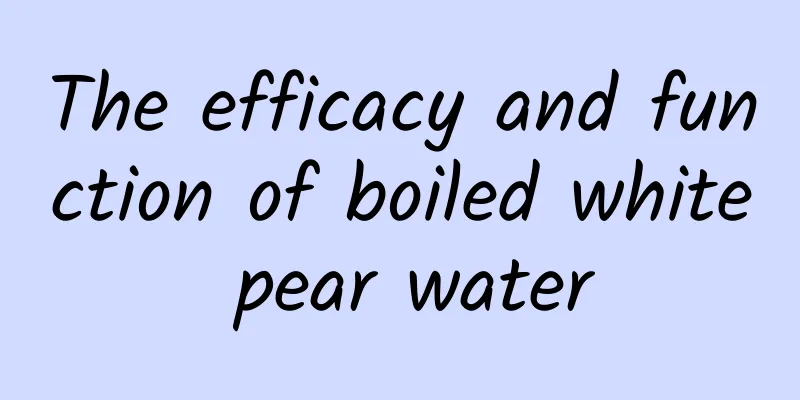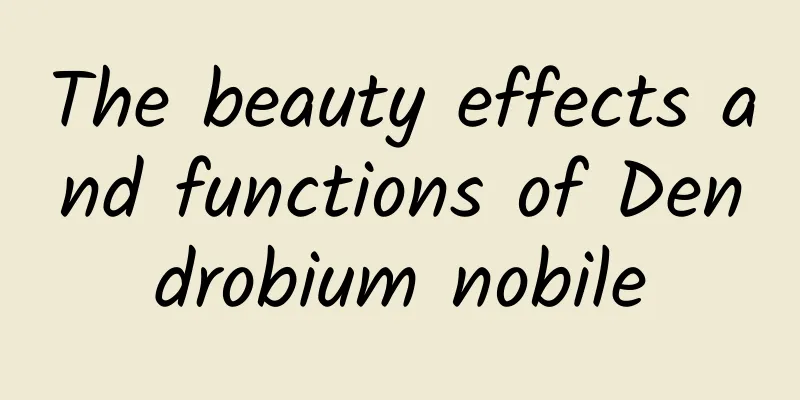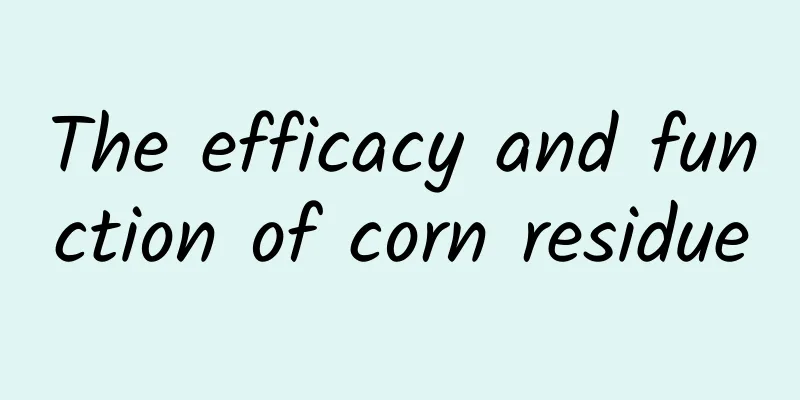What is Elemental Architecture? Elemental Architecture Review and Website Information

|
What is the website of Elemental Architecture? Elemental Architecture is a Chilean architecture firm founded in 2001 by Alejandro Aravena (2016 Pritzker Architecture Prize winner). Elemental Architecture's official website publishes the latest news, past works and other content. Website: www.elementalchile.cl Elemental Architecture: a model of Chilean avant-garde architectural designIn today's globalized architectural field, some firms stand out for their unique design concepts and outstanding practical capabilities. Among them, Elemental Architecture is undoubtedly a highly regarded name. As an architectural firm from Chile, Elemental is not only famous for its innovative design solutions, but also widely praised for its attention to and solution of social issues. Elemental Architecture was founded in 2001 by Alejandro Aravena, the 2016 Pritzker Architecture Prize winner. The firm focuses on improving the human living environment and social well-being with its unique "design + action" model. By combining rigorous design concepts with practical social needs, Elemental provides the global architectural community with a new perspective on how to use architecture to respond to social challenges. Today, we will take a deep look at Elemental Architects’ history, core concepts, representative works, and the function and content of its official website, revealing the firm’s unique position in the field of contemporary architecture. Elemental Architecture's founding background and historical developmentThe story of Elemental Architecture began in 2001, when young architect Alejandro Aravena and his team decided to set up an agency that was different from traditional architecture firms. Their goal was very clear: not just to create beautiful buildings, but to change people's lives through design. This mission-driven mindset made Elemental different from the beginning. The background of Elemental can be traced back to Aravena's early education and career experience. He studied architecture at the Catholic University of Chile, where he developed a deep understanding of social responsibility and design ethics. Before founding Elemental, Aravena had been involved in some important public projects, and these experiences made him realize that architecture is not only an art form, but also a tool that can bring about social change. With the founding of Elemental, the firm quickly rose to prominence. Their first few projects focused on the design of affordable housing, which would become one of their most iconic areas. For example, the famous "half-finished house" concept was developed during this period. The core idea of this concept was to build a basic framework that would allow residents to gradually expand the house according to their needs. This approach not only reduced construction costs, but also gave residents more autonomy and enabled them to participate in their own living environment. Over time, Elemental's influence has gradually expanded. They began to undertake larger-scale projects, including schools, museums, urban planning, etc. Each project reflects their deep thinking about social issues and the creativity of their solutions. In 2016, Aravena won the Pritzker Architecture Prize, one of the highest honors in the architectural world, for his outstanding contributions to architecture and social responsibility. This award not only affirmed Aravena's personal achievements, but also further enhanced Elemental's global visibility. Today, Elemental is an internationally renowned architecture firm with projects in Latin America, Europe, and Asia. Despite this, they have always maintained their original core philosophy: improving life through design. This persistence has made them unique and influential in the rapidly changing architecture industry. Elemental Architecture's core concept and design philosophyThe core philosophy of Elemental Architecture revolves around a simple but profound belief: architecture is not only an expression of aesthetics, but also a solution to social problems. This concept runs through all of the firm's projects and forms its unique design philosophy. The following is an in-depth discussion of Elemental's core philosophy: 1. Combination of design and social needsElemental firmly believes that architectural design must respond to real social needs. This is fully reflected in many of their projects. For example, in the design of affordable housing, they adopted the innovative method of "semi-finished houses". This method not only meets the basic living needs of low-income families, but also provides them with the possibility of future expansion. In this way, Elemental perfectly combines the flexibility of design with the actual needs of residents. In addition, Elemental pays special attention to the overall development of the community. They believe that the success of a single building cannot truly improve the quality of life of the entire community. Therefore, during the design process, they will consider the relationship between the building and its surroundings to ensure that each project can promote the harmony and sustainable development of the community. 2. Sustainability and resource optimizationSustainability is another important pillar in Elemental’s design philosophy. With limited resources, using materials and energy in the most efficient way is a key consideration in their designs. For example, in the “Quinta Monroy” project in Concepción, Chile, Elemental succeeded in providing high-quality housing for low-income families within a limited budget through precise calculations and optimized layouts. In addition to conserving resources, Elemental also focuses on reducing the impact of the building on the environment. They have adopted many environmentally friendly technologies, such as solar panels, rainwater collection systems, and natural ventilation design to reduce the building's carbon footprint. These measures not only help protect the environment, but also save residents long-term operating costs. 3. Innovation and practicalityElemental's design philosophy emphasizes the balance between innovation and practicality. They believe that true innovation is not about pursuing novelty, but about finding better solutions. For example, in the "San Cristobal Hill Park" project in Santiago, Chile, Elemental redefined the concept of urban parks and designed it into a multifunctional space that can not only meet the needs of citizens for leisure and entertainment, but also serve as a green barrier for the city. In addition, Elemental is also good at translating complex technical problems into simple solutions. Their designs usually have clear logic and intuitive forms, making them understandable and appreciative even for the most ordinary people. This design approach not only enhances the functionality of the building, but also improves the satisfaction of the users. 4. User Engagement and EmpowermentElemental's design process is highly dependent on user participation. They believe that only by truly understanding the needs of users can they design buildings that meet their expectations. Therefore, in the early stages of the project, they will have in-depth exchanges with future residents or users to collect their opinions and suggestions. This participatory design approach not only improves the quality of the design, but also enhances the user's sense of ownership and responsibility. For example, in the "half-finished house" project, residents are encouraged to participate in the process of extending the house, which not only gives them more control but also develops their skills and confidence. In summary, the core concept and design philosophy of Elemental Architecture can be summarized as: guided by social needs, based on sustainability, driven by innovation, and user-centered. It is this comprehensive and in-depth design approach that enables Elemental to stand out in the highly competitive construction industry and set a new benchmark for the global construction community. Analysis of Elemental Architecture's representative worksElemental Architecture's work not only demonstrates its unique design concepts, but also shows how to turn theory into reality through specific projects. The following is an in-depth analysis of several representative projects and the design concepts and implementation details behind them. 1. Quinta Monroy Housing ProjectThe Quinta Monroy project in Iquique, Chile is one of Elemental's most well-known works. The goal of this project is to provide affordable housing for low-income families while ensuring design quality and living comfort. Elemental adopted the concept of "semi-finished houses", that is, only building the basic parts of the house, allowing residents to gradually complete the rest according to their own needs. The implementation of this project involved innovation on multiple levels. First, Elemental successfully completed the basic construction of the house at a cost of only $100 per square meter through precise cost accounting and space optimization. Second, they designed a flexible structure so that residents can adjust the layout of the house according to changes in family members. Finally, through cooperation with the government and the community, the smooth implementation and subsequent maintenance of the project were ensured. The significance of the Quinta Monroy project goes far beyond solving housing problems. It has also stimulated residents’ creativity and community cohesion. After completing their house extensions, many families have spontaneously organized community activities, promoting interaction and cooperation among neighbors. 2. Cerro San Cristóbal ParkCerro San Cristóbal Park is an outstanding example of Elemental’s urban public space design. Located in Santiago, Chile, the park is not only an important place for citizens to relax and have fun, but also an integral part of the city’s ecosystem. During the design process, Elemental took into account the park's multiple functions. They combined traditional green areas with modern urban facilities to create a space that is suitable for both walking and hosting large-scale events. For example, the park has wide walking paths, children's play areas and an open-air theater to meet the needs of different age groups. In addition, Elemental paid special attention to the sustainability of the park. They introduced a rainwater collection system for irrigating plants, installed solar lights to reduce electricity consumption, and enhanced the natural cooling effect of the park through the selection and layout of vegetation. These measures not only reduce operating costs, but also provide citizens with a healthier and more comfortable environment. 3. Concepción Post-Earthquake ReconstructionIn 2010, the Concepción region of Chile was hit by a devastating earthquake. Elemental was tasked with the challenging task of providing safe and stable housing to thousands of affected residents in a short period of time. Faced with a tight timeline and limited resources, Elemental adopted a phased reconstruction strategy. The first phase focused on quickly erecting temporary shelters to ensure that all residents had basic shelter. They then began long-term housing construction, using a "semi-finished house" concept similar to the Quinta Monroy project. In addition to housing construction, Elemental also participated in the restoration and upgrading of infrastructure. They replanned the city's road network, added drainage systems, and improved water and electricity facilities. These efforts not only helped Concepción return to normal life, but also improved the city's overall disaster resilience. Through these representative works, we can clearly see how Elemental Architecture closely combines design with social needs to create buildings that are both functional and beautiful. Each of their projects reflects a deep concern for the human living environment and a firm commitment to sustainable development. Explore Elemental Architecture's website: latest news and past worksFor anyone interested in architecture, visiting the official website of Elemental Architecture ( www.elementalchile.cl ) is an experience not to be missed. This website is not only a window to showcase Elemental's works, but also an important platform to understand its design concepts and practical results. 1. Website OverviewElemental's official website is designed to be simple and modern, perfectly reflecting the firm's consistent style. The homepage usually showcases the latest projects or news, attracting visitors to immediately enter a world of rich content. The navigation bar is clearly divided into several main sections: About Us, Projects, News, Team, and Contact Information. This structure makes it easy for users to find the information they need, whether they want to learn about the firm's history or view the latest design works. 2. Latest NewsIn the News section, Elemental regularly updates information about the latest activities of the firm. These updates may include the progress of ongoing projects, awards received, exhibitions or lectures participated in, etc. For example, a recent news article may report that Elemental spoke at an international architecture forum, sharing their insights on urbanization and sustainable development. In addition, this section will also publish some behind-the-scenes footage, such as the designer’s daily work, photos or videos of the project site. These contents not only increase transparency, but also allow users to more intuitively feel the enthusiasm and professionalism of the Elemental team. 3. Previous WorksThe Projects section is the heart of the site, featuring a detailed display of all the important works of Elemental since its founding. Each project has a dedicated page with high-resolution images, detailed descriptions, and relevant technical data. Users can browse these works by type (such as residential, public buildings, urban planning), location, or time using filters. It is worth mentioning that each project page will provide a detailed introduction to the design background, challenges, solutions and final results. For example, on the page of the Quinta Monroy project, users can see the real photos from the initial sketch to the completed building, and can also read an in-depth interpretation of the concept of "semi-finished house". 4. Social Media IntegrationElemental’s official website is also closely connected to social media, with links that take users directly to the firm’s Instagram, Facebook or Twitter accounts. These platforms often publish more immediate content, such as snapshots of construction sites, designer essays or comments on industry trends. In short, the official website of Elemental Architecture is not only a platform for displaying works, but also a bridge connecting architecture enthusiasts and professionals. Whether you are a student, architect or ordinary people, you can find inspiration here. Summary: Elemental Architecture’s unique value and global influenceSince its establishment in 2001, Elemental Architecture has occupied an important position in the global architectural field with its unique design concepts and practical achievements. Through the in-depth discussion of this article, it is not difficult to find that the value of Elemental is not only reflected in its outstanding design capabilities, but also in its deep insight into and positive response to social issues. First of all, Elemental's core concept - "design + action" - has won it wide acclaim. This model emphasizes that design should not only pursue aesthetic value, but also solve practical social problems. From affordable housing to urban public spaces, each of Elemental's projects reflects a deep concern for the human living environment. As founder Alejandro Aravena said: "Architecture is not a luxury, but a necessity." This sentence accurately summarizes the direction and significance of Elemental's work. Secondly, Elemental's design philosophy demonstrates a comprehensive and balanced way of thinking. They focus on combining design with social needs, emphasize sustainability and resource optimization, pursue the unity of innovation and practicality, and attach great importance to user participation and empowerment. These principles not only guide their specific projects, but also provide a model worthy of reference for the global architectural community. Once again, Elemental’s representative works demonstrate the successful application of its design theory in practice. From the “semi-finished house” concept of the Quinta Monroy project, to the multifunctional design of the San Cristóbal Hill Park, to the comprehensive strategy for post-disaster reconstruction in Concepción, each project demonstrates Elemental’s wisdom and ability in dealing with complex social issues. Finally, the official website of Elemental Architecture is not only a platform to showcase its works, but also an important channel to spread its ideas and values. Through this website, users can not only learn about the latest developments and past achievements, but also feel the firm's deep understanding of architecture and society. In general, the success of Elemental Architecture lies in its consistent use of design as a force to change the world. They not only provide us with beautiful buildings, but more importantly, they teach us how to use design to improve life, promote equality and achieve sustainable development. In the future, we have reason to believe that Elemental will continue to lead the development direction of the global architectural industry and bring hope and possibilities to more people. |
<<: How is Jun Ji-hyun? Jun Ji-hyun reviews and website information
>>: What is Swarovski Group like? Swarovski Group reviews and website information
Recommend
How is Abu Dhabi Commercial Bank? Abu Dhabi Commercial Bank reviews and website information
What is the website of Abu Dhabi Commercial Bank? ...
Several common ways to cook tomatoes, common ways to cook tomatoes
Today I will introduce to you several common ways...
How to eat avocado How to eat avocado best
Everyone must be familiar with avocados. They kno...
The benefits of eating plum fruit
Plum fruit, also called plum fruit or plum, is th...
How to eat nightshade fruit? Can nightshade fruit be eaten raw?
People who grew up in the countryside must have s...
Several ways to cook loofah
Sponge gourd can be stir-fried or served cold. Th...
The efficacy and function of American red maple
The American red maple is originally a beautiful ...
What are the benefits of men wearing agarwood?
After people's living standards have improved...
What are the benefits of eating ribs?
Spare ribs are a very common food ingredient. The...
The nutritional value of fermented tofu and the precautions for choosing fermented tofu
Fermented tofu is a specialty food known as "...
The difference between dry candied dates and wet candied dates and the efficacy of candied dates
Every year around the Dragon Boat Festival, peopl...
How is Triumph? Triumph reviews and website information
What is Triumph? Triumph is a famous German underw...
What should not be eaten with preserved eggs? Foods that are incompatible with preserved eggs
Preserved eggs, also known as Songhua eggs, are a...
How is West Virginia University? West Virginia University reviews and website information
What is the website of West Virginia University in...
Can rapeseed prevent cancer? Which green leafy vegetables can prevent cancer?
Rapeseed is one of the most common green leafy ve...









